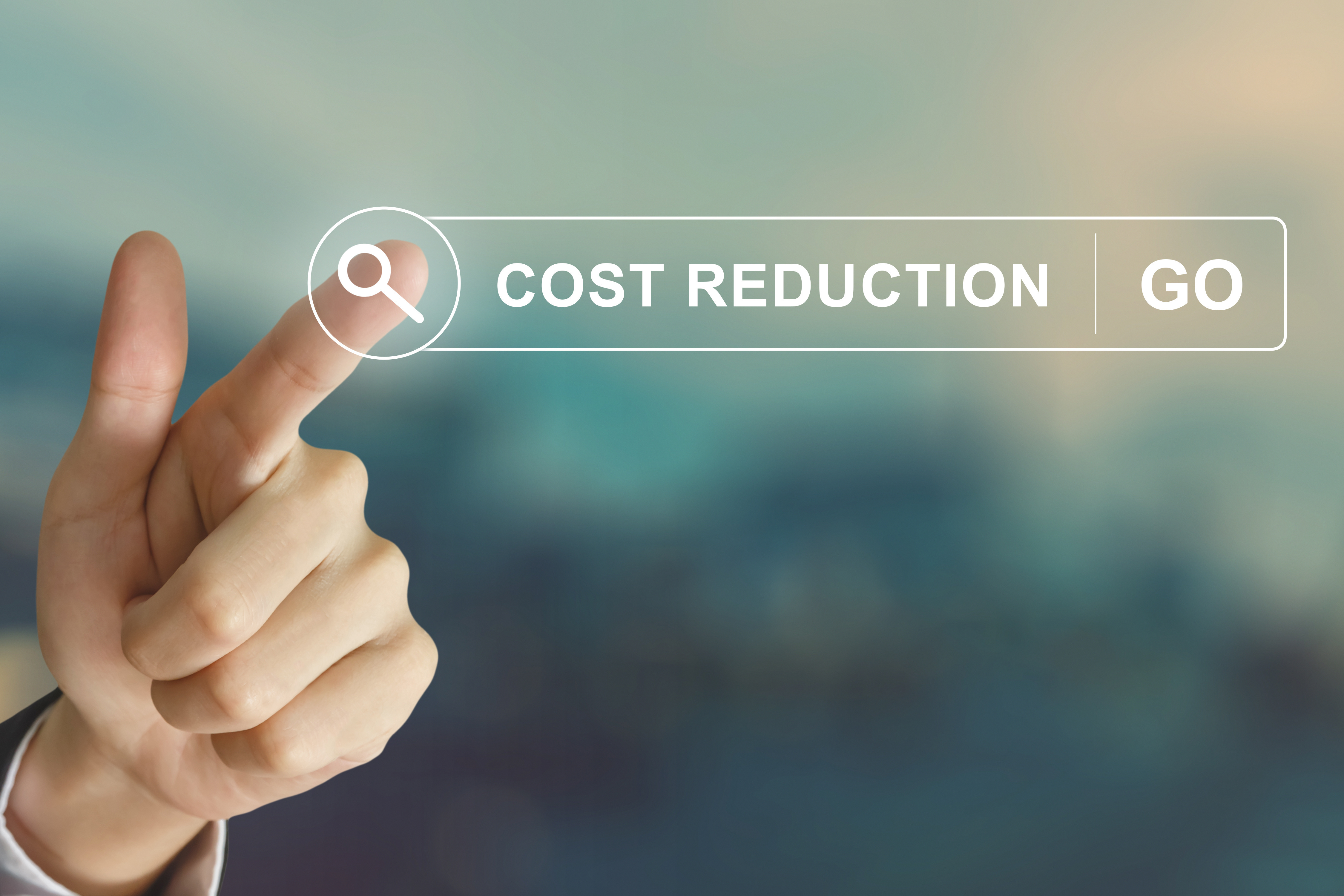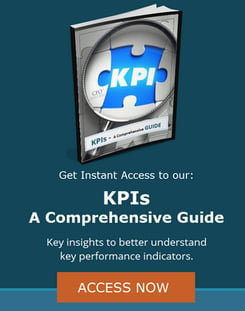Expense reduction services and cost reduction consultants have been extremely busy over the last year as organizations scrambled to overcome pandemic-related barriers and an overall downturn in the economy. Many companies that had been thriving before the pandemic saw their future success threatened and quickly froze their spending on everything from marketing to R&D. Others took a more measured approach, tightening spending across the board instead of cutting any areas altogether. And while their intentions were good, many businesses missed the mark when it came to executing cost containment strategies.
The reason too many cost reduction approaches fail is because they are predicated on the wrong assumptions. The assumption is that reducing costs will improve cash flow to allow struggling or compromised companies the breathing room needed to stay in business.










